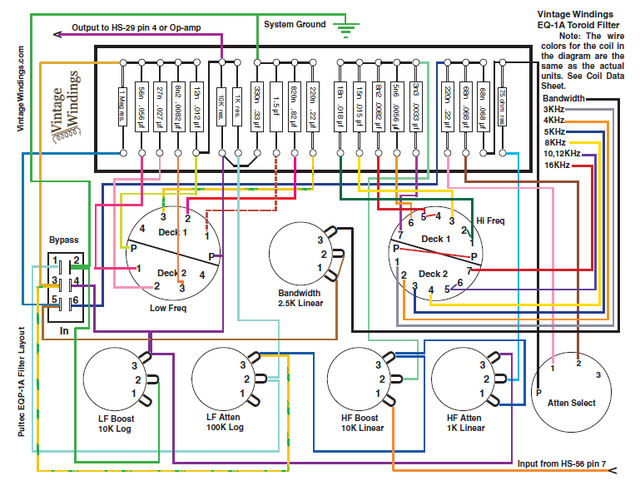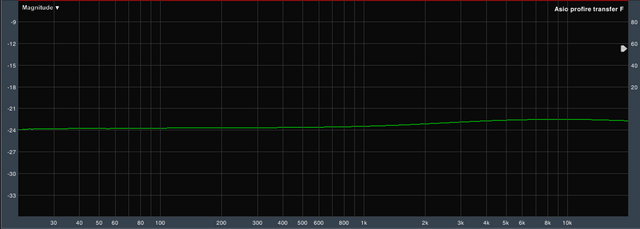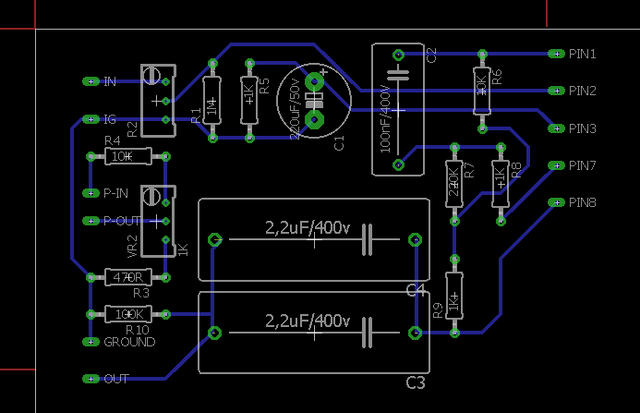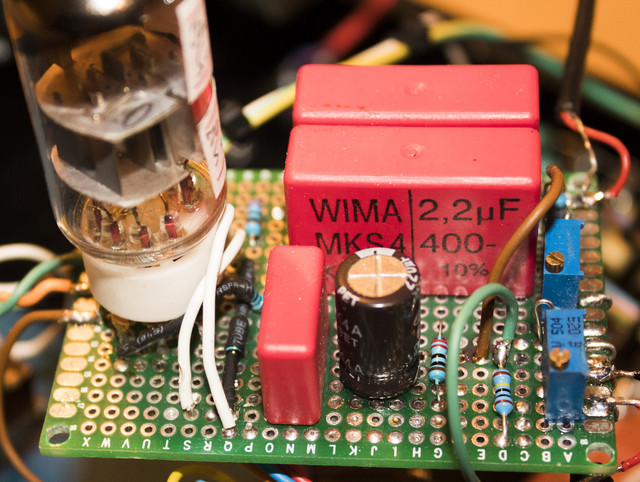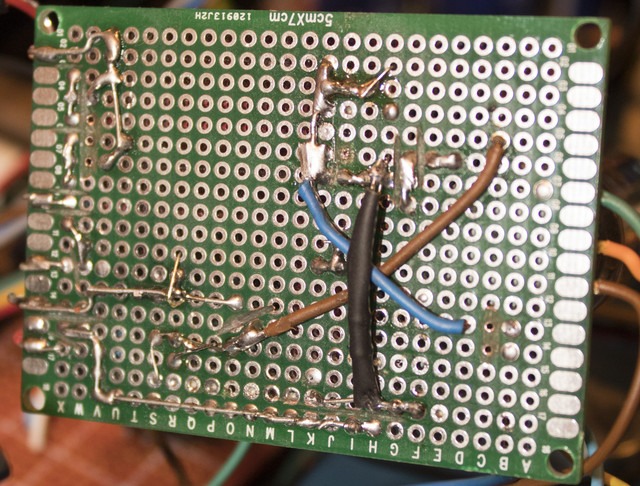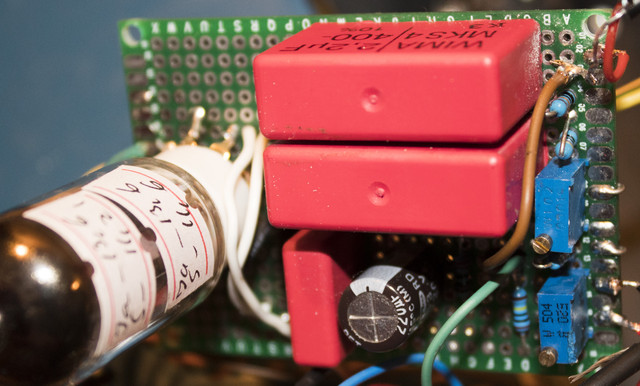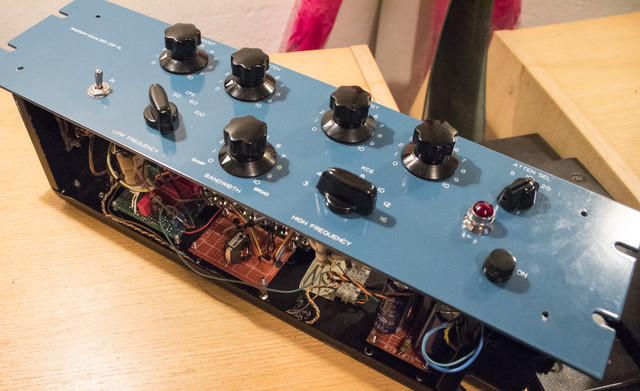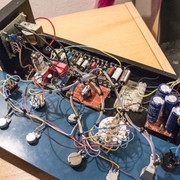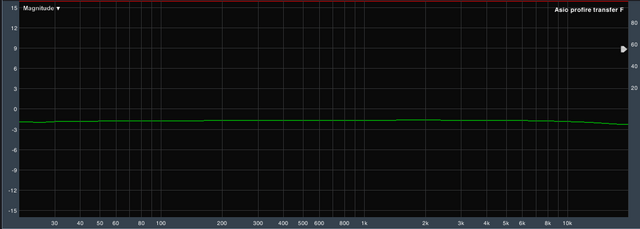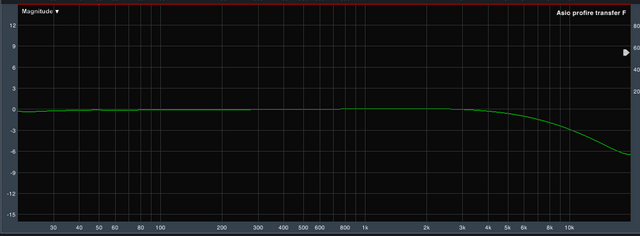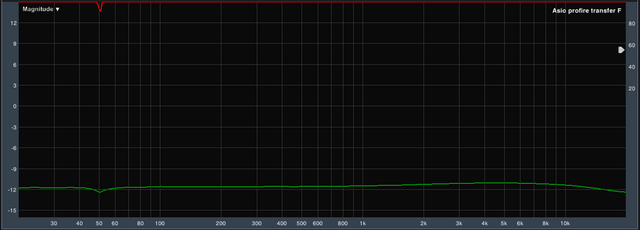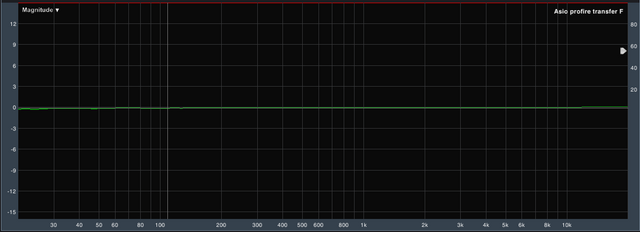shot
Well-known member
Hi,
I'm having an issue with gain makeup amp in my Pultec build.
It is a sort of hybrid build with filter section based on Rainton/JBB/RecPro schematic (I guess this is original schematic) using Don-Audio inductor, and Ian's PSU and gain makeup amp. That is why I'm posting this in a separate thread not to clutter PoorMan Pultec build thread since it's not exactly that unit.
Filter section is working fine. I have no problem with it.
I've built Ian's tube gain makeup amp on veroboard. All parts triple checked, no shorts or unsoldered connections. It is Mu topology for 6922 tube (with RK = 220R, Rmu = 4k7) but I'm using russian 6N23P-EV tube that is supposed to be direct replacement to 6922 tube. I will order 6922 but it will take some time to have it delivered, and I somehow doubt it will make difference.
Problem I have is that the makeup amp is rolling off high freq, starting from around 3k to reach around -6db at 20k.
See attached measurement:
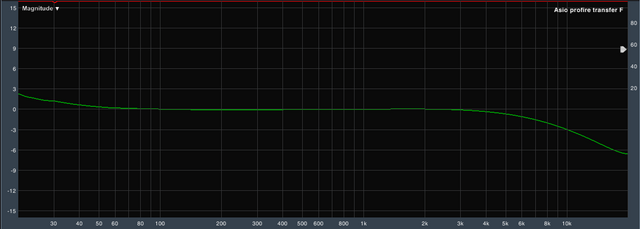
I've searched for a solution and only mention of similar problem was this post but it unfortunately remained unsolved
I have narrowed the problem to gain makeup amp since I've measured the secondary of the input transformer (OEP Z3003) and it's fine. Output of the filter section is also fine. But if I connect input tx secondary directly into gain amp, I also get HF rollof.
I've also tested if it makes any difference if I bypass output transformer (Stancor 600:600, unknown model no., taken from MCI console) and it's the same.
Amp is working on 280vdc HT supply. I've checked trillion times and though it's on veroboard, I've built it correctly. In Ian's documentation it is specified to have 300vdc supply... could it be that this issue is due to underpowering? Could it be that this 20v difference is causing it?
Obviously, Ian Ruffrecords would be the ideal person to help, but if others had similar issues with Poor Man Pultec gain makeup board please share your thoughts!
I don'k now what else to try...
Help a fellow diyer!

Luka
I'm having an issue with gain makeup amp in my Pultec build.
It is a sort of hybrid build with filter section based on Rainton/JBB/RecPro schematic (I guess this is original schematic) using Don-Audio inductor, and Ian's PSU and gain makeup amp. That is why I'm posting this in a separate thread not to clutter PoorMan Pultec build thread since it's not exactly that unit.
Filter section is working fine. I have no problem with it.
I've built Ian's tube gain makeup amp on veroboard. All parts triple checked, no shorts or unsoldered connections. It is Mu topology for 6922 tube (with RK = 220R, Rmu = 4k7) but I'm using russian 6N23P-EV tube that is supposed to be direct replacement to 6922 tube. I will order 6922 but it will take some time to have it delivered, and I somehow doubt it will make difference.
Problem I have is that the makeup amp is rolling off high freq, starting from around 3k to reach around -6db at 20k.
See attached measurement:

I've searched for a solution and only mention of similar problem was this post but it unfortunately remained unsolved
I have narrowed the problem to gain makeup amp since I've measured the secondary of the input transformer (OEP Z3003) and it's fine. Output of the filter section is also fine. But if I connect input tx secondary directly into gain amp, I also get HF rollof.
I've also tested if it makes any difference if I bypass output transformer (Stancor 600:600, unknown model no., taken from MCI console) and it's the same.
Amp is working on 280vdc HT supply. I've checked trillion times and though it's on veroboard, I've built it correctly. In Ian's documentation it is specified to have 300vdc supply... could it be that this issue is due to underpowering? Could it be that this 20v difference is causing it?
Obviously, Ian Ruffrecords would be the ideal person to help, but if others had similar issues with Poor Man Pultec gain makeup board please share your thoughts!
I don'k now what else to try...
Help a fellow diyer!
Luka



